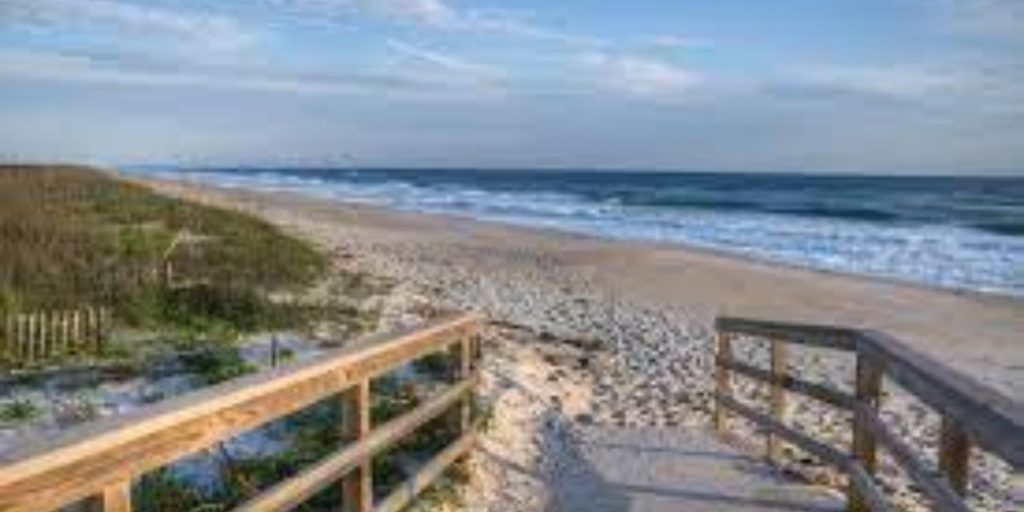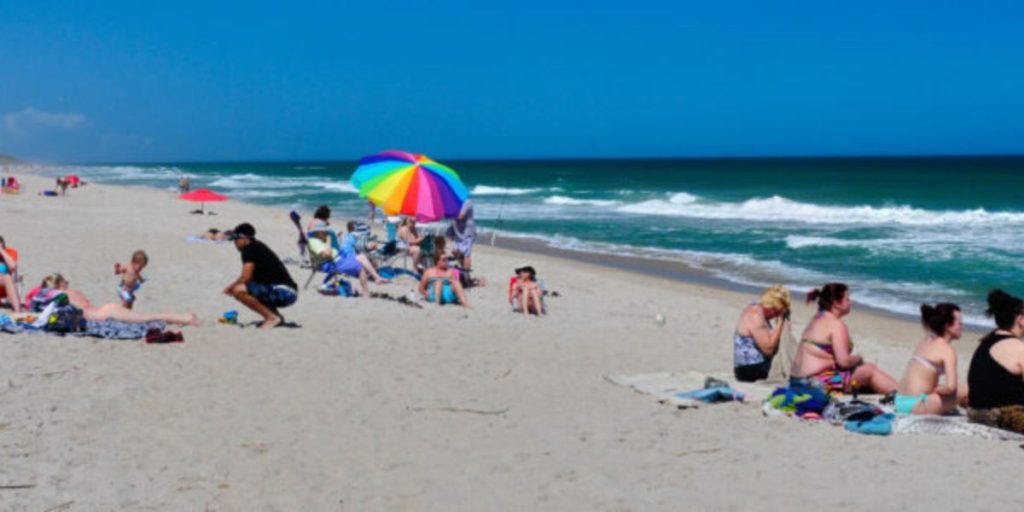Florida, renowned for its stunning coastline and pristine beaches, is home to numerous gems along the Atlantic and Gulf coasts. Among these, Canaveral National Seashore stands out as the largest beach in the state, offering a unique blend of natural beauty and a diverse range of ecosystems. Let’s embark on a journey to discover the expansive wonders of this coastal paradise.
Location and Overview
Situated on Florida’s east coast, CANAVERAL NATIONAL SEASHORE spans over 24 miles, making it the longest undeveloped stretch of beach in the state. The seashore is nestled between New Smyrna Beach to the south and Playalinda Beach to the north, providing visitors with a serene and unspoiled coastal experience. Administered by the National Park Service, Canaveral National Seashore is a haven for nature enthusiasts, beachgoers, and wildlife lovers alike.
Natural Beauty and Ecosystems

Canaveral National Seashore boasts a diverse range of ecosystems, making it a haven for biodiversity. The pristine beaches are lined with dunes, creating a natural barrier that protects the inland areas from storm surges and erosion. Visitors can explore maritime hammocks, estuaries, and lagoons, each offering a unique glimpse into Florida’s rich ecological tapestry.
The beach itself features soft, white sand that stretches for miles, inviting beachcombers to stroll along the shoreline while taking in the breathtaking views of the Atlantic Ocean. The absence of high-rise developments and commercialization adds to the allure of Canaveral National Seashore, providing an escape to a more natural and unspoiled Florida.
Wildlife Encounters
One of the highlights of Canaveral National Seashore is the opportunity to witness diverse wildlife in their natural habitat. Birdwatchers will be delighted by the numerous avian species that call the seashore home, including ospreys, pelicans, and shorebirds. Sea turtles, including loggerheads and green turtles, nest along the beaches, making it a crucial nesting ground for these endangered species.
The adjacent Mosquito Lagoon is a haven for manatees, dolphins, and a variety of fish, creating a vibrant and thriving marine ecosystem. Nature enthusiasts can embark on kayaking or boating adventures to explore these pristine waters and observe the wildlife that flourishes in this unique coastal environment.
Recreational Activities

Canaveral National Seashore offers a wide array of recreational activities for visitors seeking both relaxation and adventure. From sunbathing and picnicking on the beach to hiking through scenic trails, there’s something for everyone. The seashore is also a popular destination for fishing, surfing, and camping, allowing visitors to immerse themselves in the natural beauty of Florida’s coastline.
Preserving a Coastal Treasure
As a designated national seashore, Canaveral is committed to preserving its natural beauty and protecting the diverse ecosystems that thrive within its boundaries. Strict conservation measures are in place to ensure the long-term sustainability of this coastal treasure, allowing future generations to experience the unspoiled beauty of Florida’s largest beach.
Conclusion
Canaveral National Seashore stands as a testament to the natural wonders that Florida has to offer. From its expansive beaches and diverse ecosystems to the abundance of wildlife and recreational opportunities, this coastal gem invites visitors to connect with nature in a unique and unforgettable way. As you explore the longest beach in Florida, be prepared to be mesmerized by the untouched beauty that makes Canaveral National Seashore a true treasure along the Sunshine State’s coastline.

